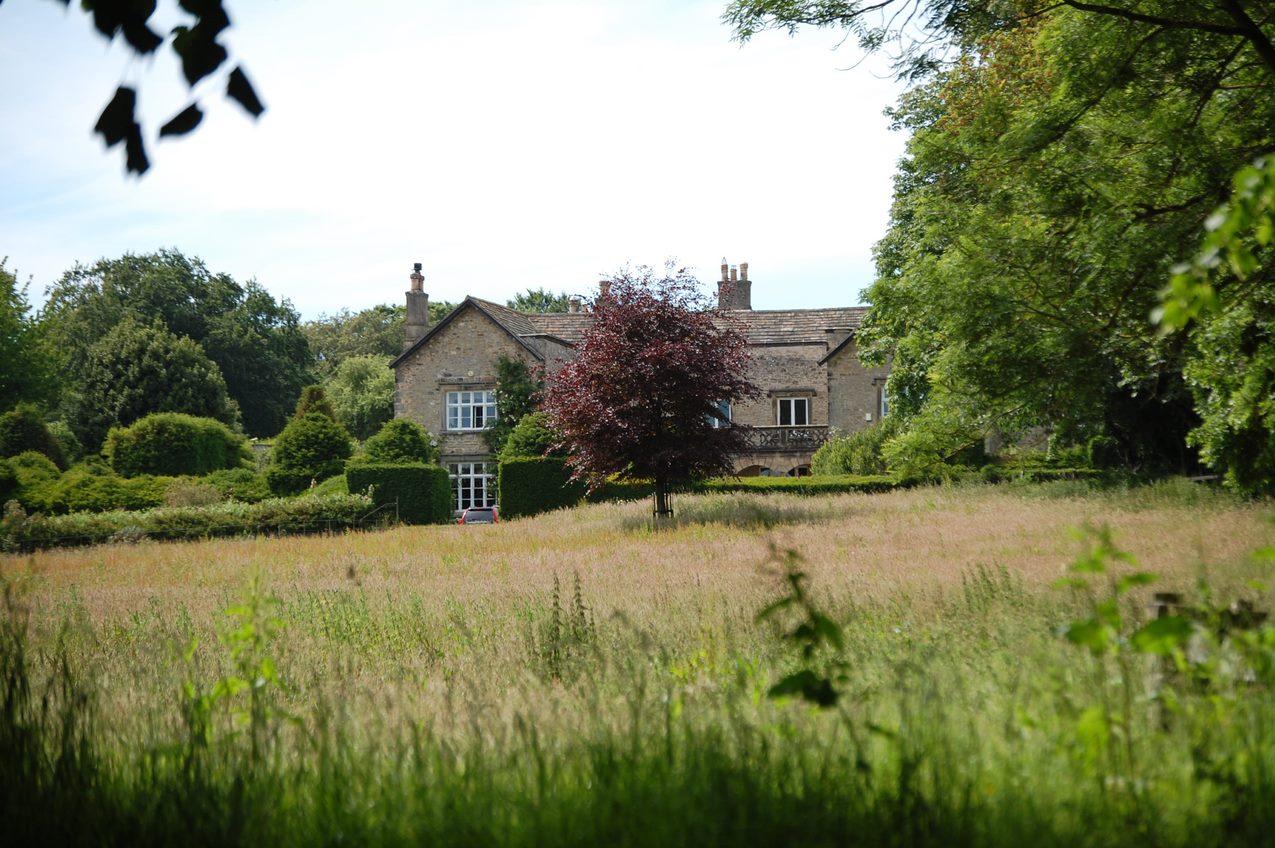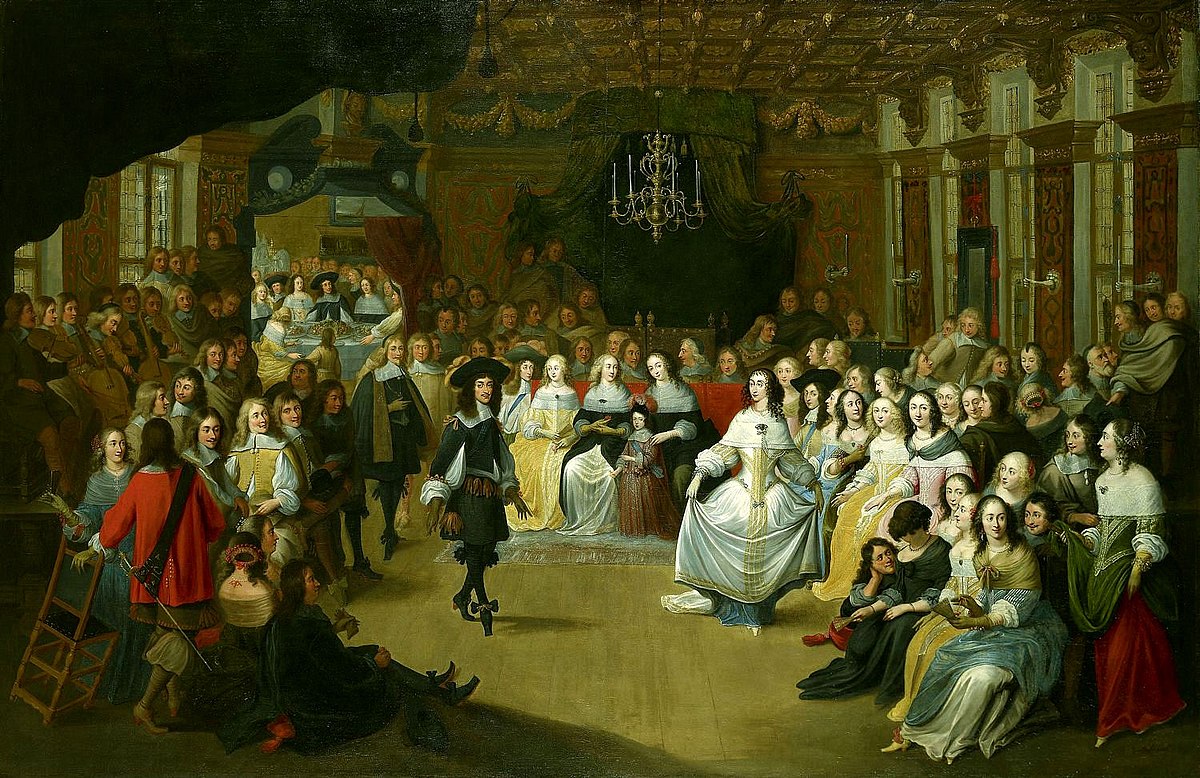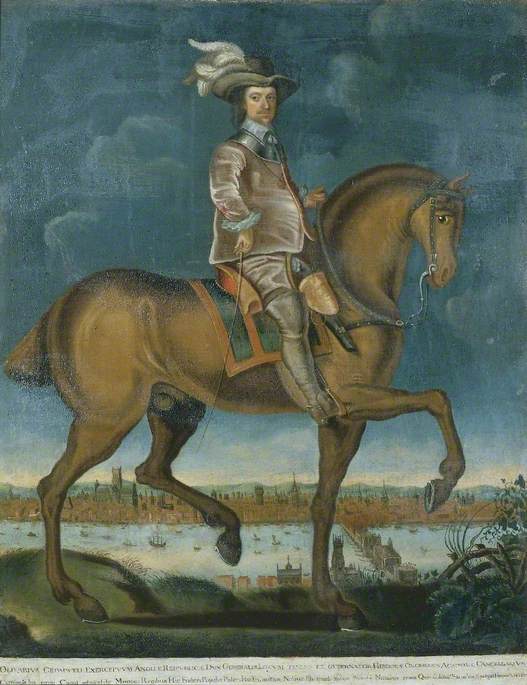A House Divided: how did the Thorntons feel about the Restoration of Charles II?
The last time a King Charles was proclaimed in London was in 1660.[1] When Charles III acceded to the throne last week, there was some initial speculation about whether he might choose to use one of his other names, given the reputations of Charles I and Charles II.
The name Charles was also the source of discussion in Yorkshire, in 1660.
‘...should be called Charles’
In spring 1660, a pregnant Alice Thornton and her family had a heated discussion about whether the child she was carrying, if a boy, might be called Charles. Alice was staying at her Aunt Norton’s house, St Nicholas, Richmond. At this date, Alice had only two living children, both daughters. It was Aunt Norton who suggested the name:

my dear Aunt Norton told Mr Thornton and myself, that if I had a son, he would bring his name with him into the world and should be called Charles. But my husband answered again that it should not. After which, being in private with him, I desired to know what was the reason he would not have him called Charles if I had a son. He presently answered, if I would have him so called, he should never heir [inherit] a foot of his estate.[2]
Alice relates this incident in two of her books. In Book 2: The First Book of My Widowed Condition, she notes ‘But Mr Thornton would not consent to that, to have him called Charles, for reasons best known to himself’.[3]
The Restoration

In both accounts of Aunt Norton suggesting the name Charles, Alice makes the explicit connection with the restoration of the monarchy. From reading Alice’s books, one might be forgiven for thinking that Charles II had already been proclaimed king when the conversation took place:
It happened that at that time, the happy restoration of King Charles the 2nd and of his coming into England and restored the Church and State to its rights again. There was a great and general rejoicing at that good change in the kingdom, from tyranny, oppression and anarchy.[4]
However, Alice gave birth to a son, named William after his father, on 17 April 1660. It was not until early May that Parliament proclaimed Charles as king. At the time baby names were being discussed at Aunt Norton’s house, the restoration of the monarchy was not yet a done deal. In that context, naming your child Charles would have been a very public statement about where your allegiances lay.
Different Allegiances

Alice and Aunt Norton were from a royalist family, the Wandesfords, and their enthusiasm for the king was to be expected.[5] When Alice’s sister, Katherine Danby, gave birth to her eighth child in June 1643, ‘in the heat of the wars … my brother[in-law] would have him called Charles, because of his engagement for the King’s service’.[6] However, William Thornton had parliamentarian family connections. Indeed, this is one of the reasons William was suggested as a husband for Alice in 1651. The Wandesford family estates at Kirklington had been sequestered during the civil war and help was needed to get them back.
Even after King Charles II had been proclaimed, not everyone accepted the restoration of the monarchy. Tim Harris’s book, Restoration: Charles II and his Kingdoms, 1660-1685, opens with [the celebrations on 29 May 1660[(https://thornton.kdl.kcl.ac.uk/posts/blog/2023-04-23-coronation-charles-II/)] when Charles II made a triumphant entry into London to reclaim the throne of the three kingdoms. However, Harris also noted that, ‘Although rejoicing at the return of the monarchy was widespread, it was not universal’.[7] Some were prosecuted in court for seditious speech for their outbursts. Margaret Dixon of Newcastle, for example, was accused of having said on 13 May 1660:
Is there not some English man more fit to make a King than a Scot? There is none that loves him but drunk whores and whoremongers. I hope he will never come into England, for that he will set on fire the three kingdoms as his father before him has done. God's curse light on him. I hope to see his bones hanged at a horse tail, and the dogs run through his puddings [entrails].[8]
While William Thornton was guarded – according to Alice - as to his reasons why he would not brook any heir of his being named Charles, it seems likely that his stance revealed continuing antipathy towards the monarchy.
Parliament voted to restore the Stuart monarchy on 1 May 1660; Charles II was then proclaimed as king in London on 8 May. He had a triumphant royal entry into the city on 29 May 1660 and his coronation was on 23 April 1661. See Tim Harris, Restoration: Charles II and his Kingdoms, 1660-1685 (London, 2005), 1, 69. ↩︎
The text quoted above is from our work-in-progress edition of Alice Thornton's Books. The text is modernised in the body of the blog and the semi-diplomatic transcription is reproduced here in the notes. ‘my deare Aunt norton tould Mr Thornton, & my selfe, That if I had a Son he would bring his name with him, into the world, & should be called Charles. but my Husb-band answred againe that it should not, affter which being in Privat with him, I desired to know what was the reason, he would not have him called Charles, if I had a Son: he presently answred if I would have him, soe called, he should never heire a foote of his Estate’: Alice Thornton, Book 3: The Second Book of My Widowed Condition, British Library MS Add 88897/2 (hereafter Book 3), 44. ↩︎
‘Butt Mr Thornton would not consent to that. To have him Called Charles for Reasons best know^n^ to him selfe’: Alice Thornton, Book 2: The First Book of My Widowed Condition, Durham Cathedral Library, GB-0033-CCOM 7 (hereafter Book 2), 207-8 in our edition but mispaginated in the manuscript as 205-6. ↩︎
‘att that time, the happy restoration of King, Charles the 2d & of his comming into England; & Restored the Church; & State to its Rights againe. there was a great and generall, rejoycing; at that good Change; in the Kingdom; from Tyrrany, oppresion, & Annarchiy’: Book 3, 44. See also Book 2, 207 but mispaginated as 205 in the manuscript. ↩︎
Anne Norton was the sister of Christopher Wandesford, Alice’s father, who was briefly Lord Deputy of Ireland under Charles I. ↩︎
‘in the heate of the warres ... my brother would have him called Charles. because of his ingagement for the Kings service’: Alice Thornton, Book 1: The First Book of My Life, British Library MS Add 88897/1, 80. ↩︎
Harris, Restoration, 1, 48. ↩︎
Modernised from Depositions from the Castle of York, ed. James Raine, Surtees Society, 40 (Durham, 1861), 83. Reference from Harris, Restoration, 49. ↩︎
Citing this web page:
Cordelia Beattie. 'A House Divided: how did the Thorntons feel about the Restoration of Charles II?'. Alice Thornton's Books. Accessed .https://thornton.kdl.kcl.ac.uk/posts/blog/2022-09-12-a-house-divided/